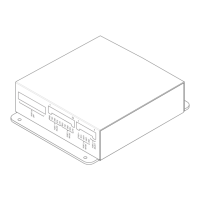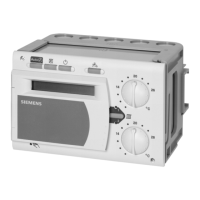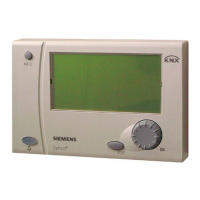Chapter 3
Device Management
RUGGEDCOM ROS
User Guide
52 Configuring the Local System Log
Section 3.5.3
Configuring the Local System Log
To configure the severity level for the local system log, do the following:
NOTE
For maximum reliability, use remote logging. For more information, refer to Section 3.5.4, “Managing
Remote Logging”.
1. Navigate to Administration » Configure Syslog » Configure Local Syslog. The Local Syslog form
appears.
Figure 13: Local Syslog Form
1. Local Syslog Level 2. Apply Button 3. Reload Button
2. Configure the following parameter(s) as required:
Parameter Description
Local Syslog Level Synopsis: { EMERGENCY, ALERT, CRITICAL, ERROR, WARNING, NOTICE,
INFORMATIONAL, DEBUGGING }
Default: INFORMATIONAL
The severity of the message that has been generated. Note that the severity level
selected is considered the minimum severity level for the system. For example, if
ERROR is selected, the system sends any syslog messages generated by Error,
Critical, Alert and Emergency.
3. Click Apply.
Section 3.5.4
Managing Remote Logging
In addition to the local system log maintained on the device, a remote system log can be configured as well to
collect important event messages. The syslog client resides on the device and supports up to 5 collectors (or
syslog servers).
The remote syslog protocol, defined in RFC 3164, is a UDP/IP-based transport that enables the device to send
event notification messages across IP networks to event message collectors, also known as syslog servers. The
protocol is designed to simply transport these event messages from the generating device to the collector(s).
The following sections describe how to configure a remote syslog client and server:
• Section 3.5.4.1, “Configuring the Remote Syslog Client”
• Section 3.5.4.2, “Viewing a List of Remote Syslog Servers”

